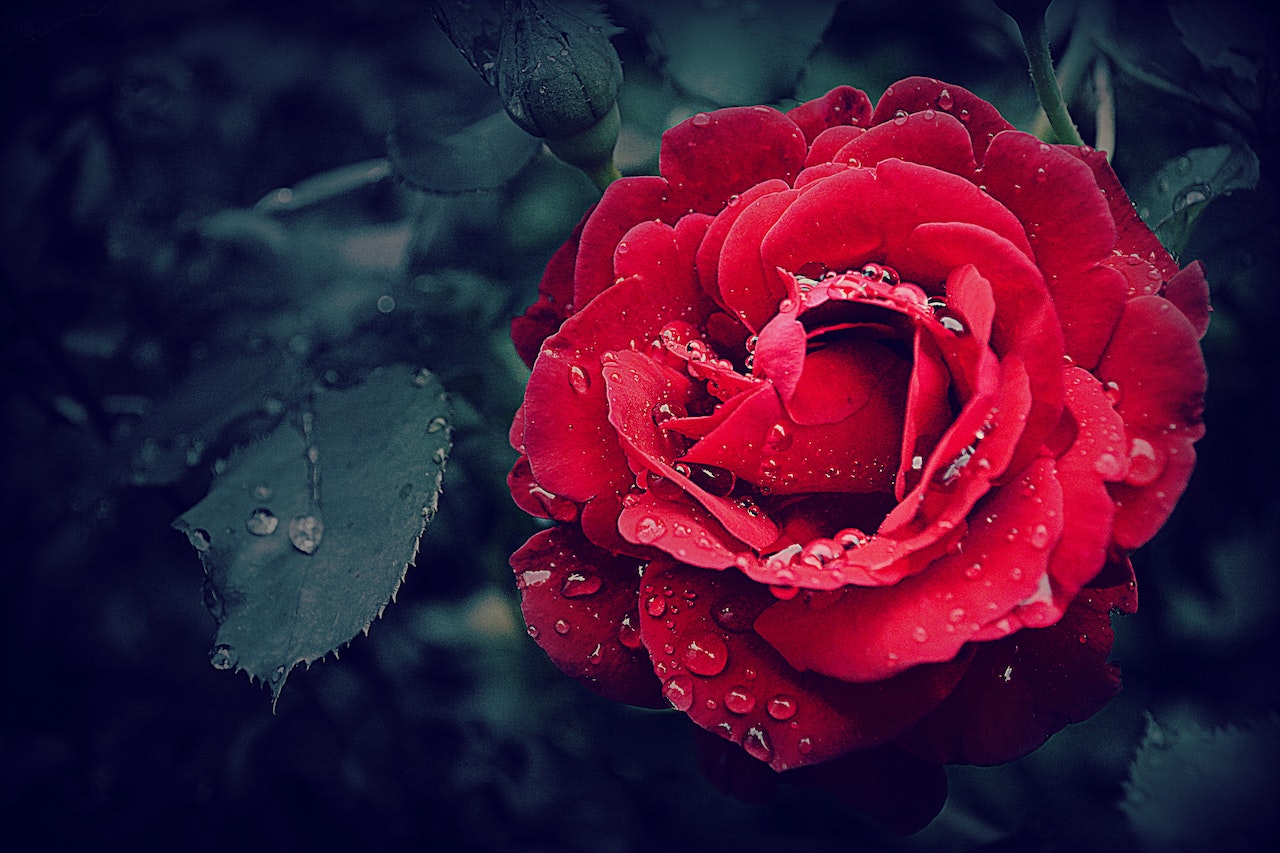Anyone who has ever received a bouquet of roses knows that they are delicate flowers. Roses require a bit more care than other flowers, but the effort is worth it when you see them blooming in your garden. At Botany Factory, we will go over some tips on how to properly care for your roses.
Care for rose plant
1. Planting – When planting your roses, make sure to choose a spot that gets at least six hours of sunlight per day. The soil should be well-drained and rich in organic matter. Add compost or manure to the soil before planting. Dig a pit that is two times the width of the rose bush’s root ball and deep enough so that the roots are covered with two inches of soil. Gently remove the bush from the pot and untangle the roots that are tightly wound. Put the bush in the pit and fill in with soil, tamping down gently as you go. Water thoroughly.
2. Watering – Roses need at least an inch of water per week, either from rainfall or from irrigation. The best time to water is early in the morning so that the leaves have time to dry off before nightfall. This helps prevent fungal diseases. Avoid getting water on the leaves if possible; use a soaker hose or drip irrigation instead of a sprinkler. Be careful not to overwater; soggy soil can lead to fungal diseases as well.
3. Fertilizing – Fertilize your roses three times per year: once in spring, once in summer, and once in fall. Use a fertilizer that is high in nitrogen, phosphorus, and potassium. Avoid fertilizers with too much nitrogen, which can produce lots of foliage but few flowers. Apply fertilizer around the base of the plant, being careful not to get any on the leaves or stems. Water thoroughly after fertilizing.
4. Pruning – Prune your roses yearly in late winter or early spring, before new growth begins. Cut away any dead wood, diseased wood, or wood that is crossing or rubbing against other branches. Cut each stem at an angle just above an outward-facing bud (this will encourage new growth). After pruning, deadhead any remaining flowers by cutting off the stem just above the first five-leaflet leaf below the flower head (this will also encourage new growth). dispose of all pruned material; do not compost it as this can spread disease to other plants.
5. Deadheading – As roses start to bloom, deadhead the spent flowers by cutting off the stem just above the first five-leaflet leaf below the flower head. This will encourage the plant to produce more flowers.
Common problems that can affect your plant
Pests – Aphids, Japanese beetles, and rose chafers are common pests that can damage roses. To control aphids, blast them off with a hose or spray them with insecticidal soap. For Japanese beetles and rose chafers, handpick them off the plants and drop them into a bucket of soapy water.
Diseases – Black spots and powdery mildew are two common diseases that can affect roses. Both are fungal diseases that thrive in humid conditions. To prevent them, water early in the day so that the leaves have time to dry off before nightfall. Be sure to clean up any fallen leaves or petals, as they can harbor diseases. If you see any early signs of disease, remove affected leaves and dispose of them. Apply a fungicide to the plant as directed on the label.
Flowers not blooming – There are a few reasons why your roses might not be blooming. They could be too young, too old, or not getting enough sunlight. They might also need more fertilizer or pruning. If you think your plant falls into one of these categories, take the appropriate action and see if that helps encourage blooming.
Conclusion:
By following these simple tips, you can ensure that your roses stay healthy and beautiful all season long!

